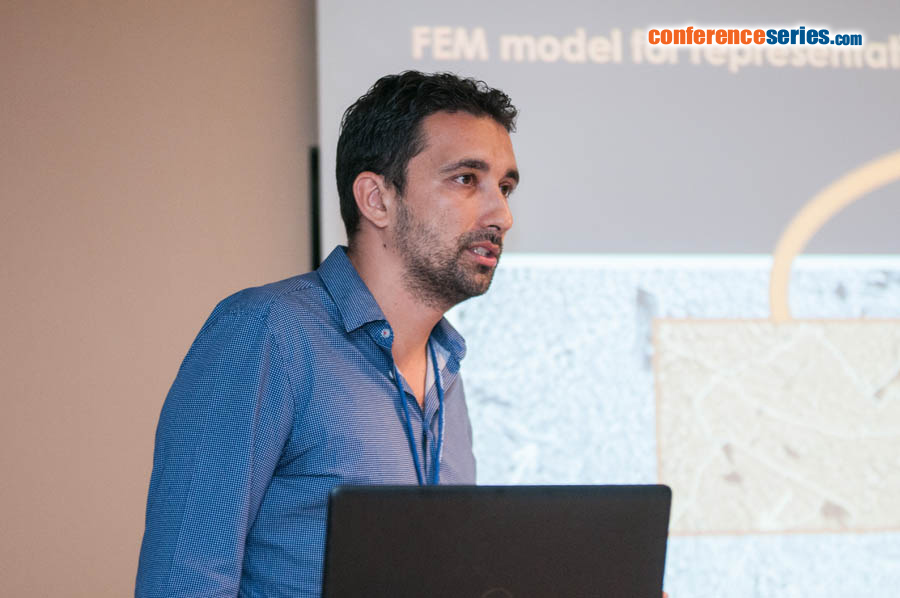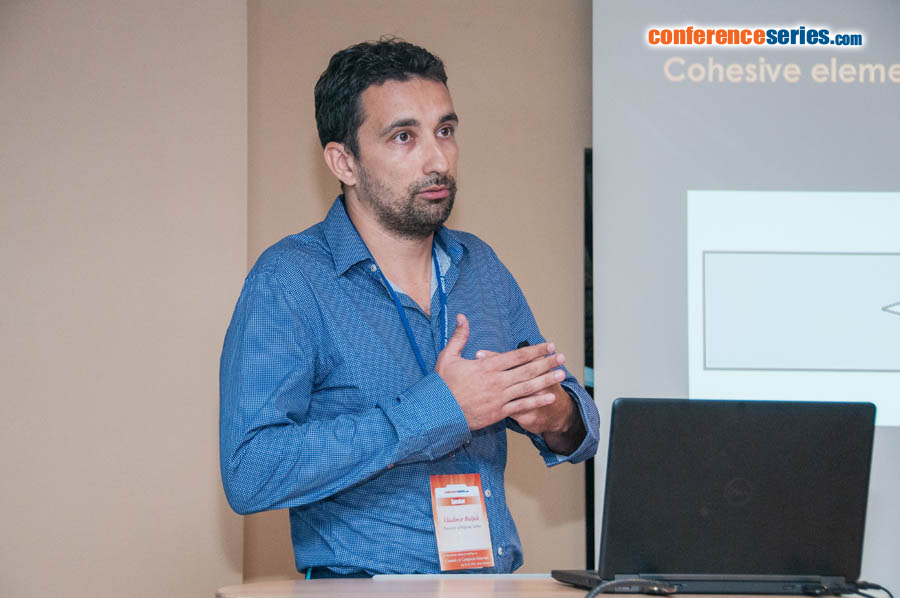
Vladimir Buljak
University of Belgrade, Serbia
Title: On calibration of micro-crack model of thermally induced cracks through inverse analysis
Biography
Biography: Vladimir Buljak
Abstract
Micro-cracking induced by cooling within polycrystalline ceramics with strong anisotropy of crystal thermal expansion is a well-acknowledge phenomenon. Formation of such cracks is directly affecting macroscopic elastic properties, as polycrystalline ceramics are presenting a drop in Young’s modulus value when cooled down from firing temperature. This effect can be numerically modeled, but the adopted approach has to be multi-scale, what makes it particularly challenging. This study presents some preliminary results, obtained considering a multi-scale model for thermally induced micro-cracking. Modeling of grain-boundary micro cracking is performed by insertion of cohesive elements. Developed numerical model is first used for qualitative analysis of the influence of grain size and their orientation to the macroscopic properties of polycrystalline ceramics. In a subsequent phase, a calibration procedure is designed based on inverse analysis in which macroscopic properties are used to calibrate parameters of cohesive crack model. Such approach is centered on a minimization of discrepancy function designed to quantify the difference between experimentally measured quantities and their computed counterpart. Resulting minimization problem is solved by a non-linear mathematical programming, using the quadratic form of discrepancy function. Results from preliminary computational exercises corroborate the conclusion that the employment of inverse analysis is advantageous in the present context. This methodology leads from experimental data to parameter estimates through computer simulation, connecting micro-scale parameter’s values to macroscopic properties of interest.
Speaker Presentations
Speaker PPTs Click Here




